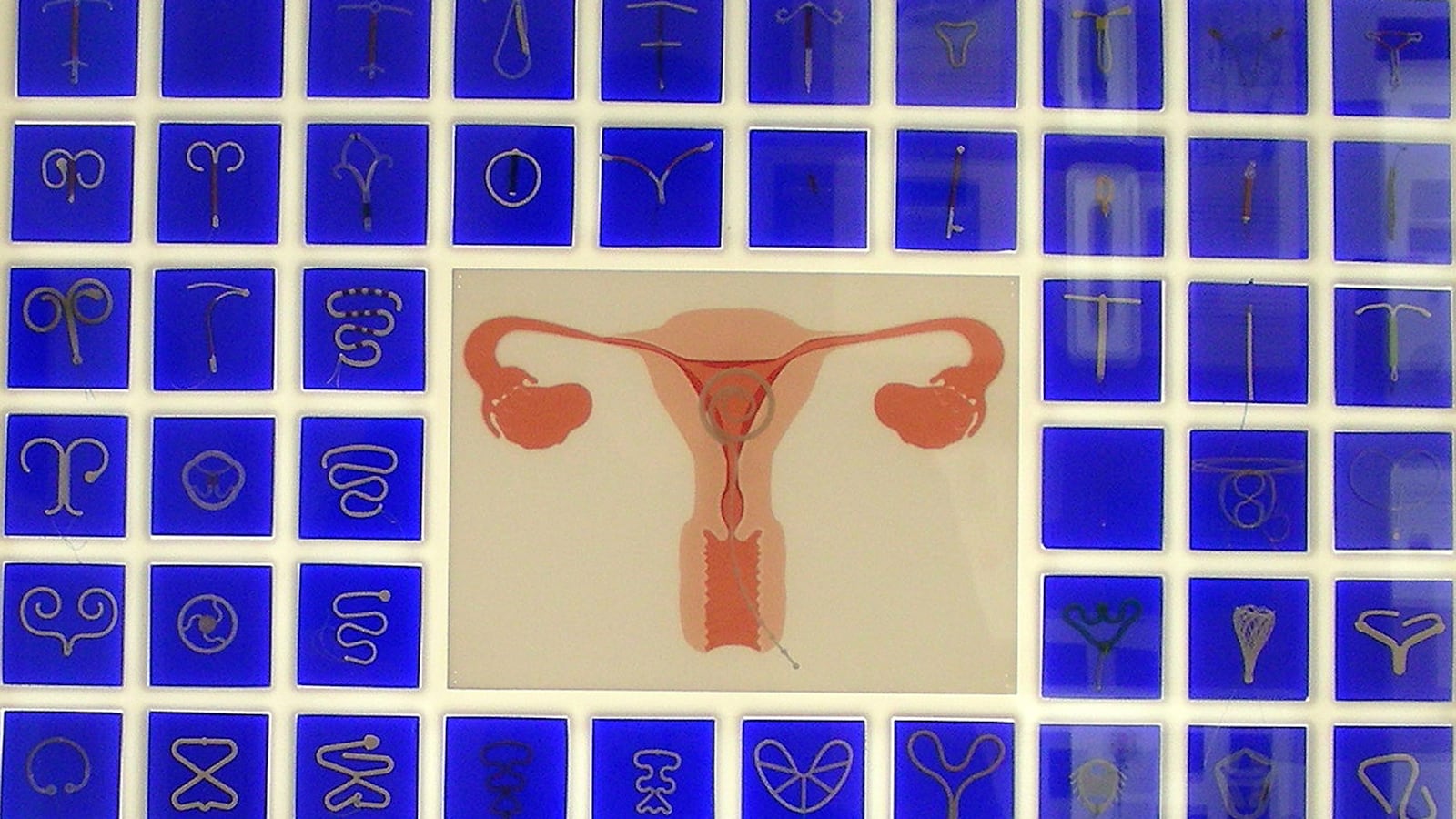Most people who make their way to Vienna have romanticized hopes of sipping coffee at Freud’s cafe or savoring a taste of the renowned Sacher Torte. Understandably, lineups to gain access to Mozart’s house are quite long, and there’s always a queue for the The Wiener Riesenrad (made famous in Graham Greene’s The Third Man).
But tucked away on a rather dingy off-shoot of the capital’s largest shopping street, roughly 500 meters from Vienna’s main transit hub, is a collection of unexpected curios not to be missed while visiting Austria’s most populated city. The Museum of Contraception and Abortion is small but remarkable, well worth a confrontation with the occasional anti-choice protester (who are court ordered to remain 200 feet from the entrance).
Opened in 2003 by Dr. Christian Fiala with the intention of raising awareness and normalizing the experience of abortion-care and contraceptive use, the museum functions with zero public education funding, due to the “controversial nature of the content.” Instead, it’s maintained by the founder’s personal funds, meager entrance and tour fees, and occasional donations by private benefactors.
Officially open to visitors Wednesdays through Sundays, the museum waits for guests after a turn of an ornate marble staircase. Like the very best “Choose Your Own Adventure” books, I’m presented with two options upon arriving on the first floor of MariaHilfer Gurtel 37: the door to the right whisks patients into Dr. Fiala’s abortion and gynecology clinic; to the left, I can get lost in a depository of abortion and contraception oddities.
Staffed sparingly, the reception desk is draped with flyers, leaflets, and postcards, mostly in German. Blush pink clipboards positioned on the desk are ready for contact details for newsletter distribution and future contact. I pay 8 Euro to enter (students pay less), which includes the use of an audio guide—highly recommended for anyone without German reading skills.
Unless a tour has been arranged, the single staff member leaves you to discover the curiosities on your own.
Guests will immediately realize that this isn’t anything like a trip to Vienna’s Natural History Museum. There are no turnstiles to manage bustling bodies or signs to herd the masses—though the reception staff informs me that during the academic year, they do host a number of school trips. Instead, the space is peaceful—almost meditative—and covers two medium-sized rooms: “The Contraception Room” and “The Abortion Room.”
In glass-fronted display cases, I see everything from old-school vaginal douche (who knew that Coca Cola was once used as a common post-coitus cleanse? (PDF)) and the history of the condom (including these instructions on how to make your very own “sheep guts” barrier (PDF)). Displays honor pioneers in abortion access and show medical tools used to carry out the procedure.
Walking into the first of the two rooms, I’m arrested by a looping video depicting a glowing cross-section of people having sex inside an CAT-scan tube; the man’s penis—which the audio guide informs you required a heavy dose of Viagra due to the “stress of being inside the scanning tube”—thrusts into an unmoving woman’s vaginal cavity. If you can pry your attention away from the video screen, there are wooden benches in the center of the room. Sit on one, and you’ll be encircled by the complete history of contraception: from folklore and wishful thinking to scientific certainty.
Presented in a clinical and painfully well-organized manner, the archive of objects tracks the history, successes, and desperate failings of humans to prevent pregnancy. One of my favorite items—and one the museum is exceptionally proud of—is a made-to-order sturgeon (yes, like the fish) condom. The audio guide excitedly informs me that upon initial experimentations with condoms, men had their own personal prophylactic, requiring a condom-stand for drying and special talcum powder (as well as a deft hand for rerolling before the next use). You should come to the museum ready to touch a variety of cervical models too, including the dangling thread of a now defunct form of the IUD.
It’s impossible not to feel the desperation of history’s women when walking through the museum. Women who wanted to avoid pregnancy during the reign of Egypt’s Ramsses II, for example, were forced to use crocodile dung as a barrier method; it’s hypothesized that the acid from the excrement created an environment that was less than harmonious for sperm—often causing women to become septic and die from infection. Later on came the bidet, which women of privilege used exclusively as post-sex contraception until the 1960s.
Passing into the “Abortion Room,” I’m confronted with a much different atmosphere. The playful presentation of fish-bladder condoms is replaced with the painful reality that pregnancy happens, even when we have all methods of contraception at our disposal. And the desire to terminate occurs in an endless number of circumstances, situations, and environments. Humans have always needed a way to end pregnancies, and Dr. Fiala’s museum is dedicated to presenting this need in the most medical and scientific method possible.
Beginning with newspaper clippings, I learn the clever wordsmithing used by doctors and midwives advertising their services before abortions were legal. Alongside those are photocopies of death records dating from the 1700s—data of abandoned infants left to die of inclement weather or starvation when abortion was both illegal and exceptionally unsafe.
Behind an immaculate glass cabinet sits a collection of knitting needles, thorns, bicycle spokes, and other items that offer disturbingly accurate depictions of the measures women take to avoid a pregnancy. They often puncture more than the tissue intended, either hemorrhaging or developing life-threatening infections.
Documents line the walls of “The Abortion Room,” some detailing royal proclamations forbidding abortion in hopes of bolstering national army numbers; others are detailed medical records of women admitted to hospitals for septicemia following botched abortions.
“The Abortion Room” includes a diorama of a Victorian kitchen set up for a DIY abortion, in sharp contrast to a life-sized poster of a contemporary abortion clinic. Visitors are forced to confront an absolute truth: modern clinics offer safe, sterile, and efficient medical procedures and prevent deaths.
My trip around the museum ends with a mostly off-record chat with one of Fiala’s staff members. She shares her own insights into Austria’s abortion and contraception history, as well as some of the propaganda the museum’s protestors stuff into visitors’ hands. Among the many examples of anti-choice “engagement tools” are plastic fetuses, abortion-gore leaflets, and advertisements for pregnancy help-lines. During my time at the museum, the only protestors on hand are two gentlemen, both wearing graphic anti-choice t-shirts and holding signs begging women to reconsider their choices for “the baby’s sake.”
Visitors don’t pass through a gift shop as they leave the museum. Instead, they’re delivered back into the shared hallway where abortions are taking place in real-time in the clinic. Guests quite literally stare the reality of abortion and contraception in the face upon exit.
When a trip to Austria isn’t an option, the museum offers a rich and detailed archive that’s almost fully accessible online. Books, pamphlets, posters, images, and studies are on hand via their English-friendly website.
Come to Vienna for The Alps, but stay for a trip to this museum.






